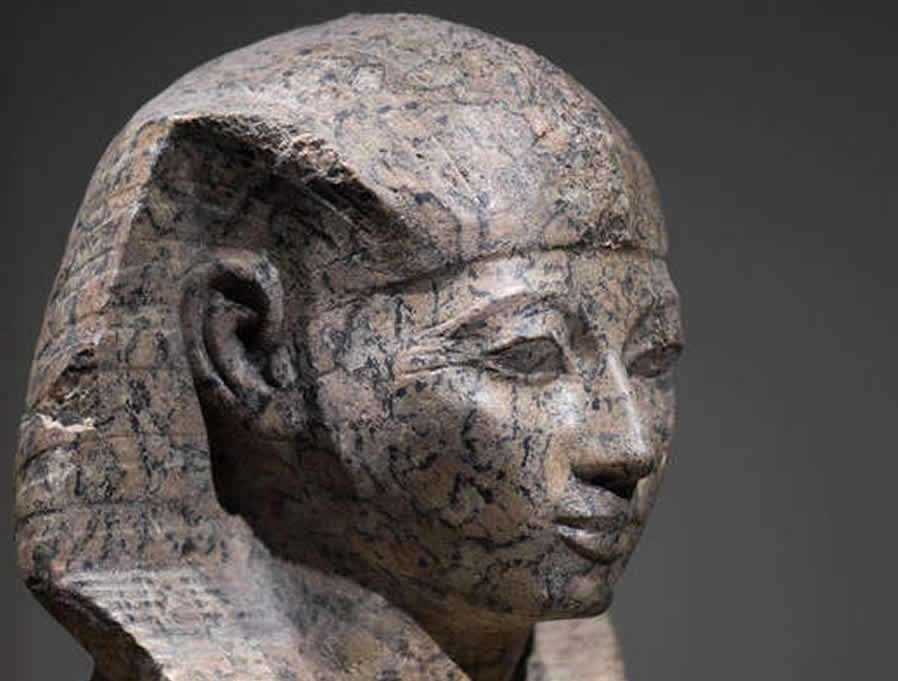BY DAVE RANKIN
So far, our journey into the 18th dynasty of Kemet has given us some profound insight into the life and times of the four pharaohs of the New Kingdom.
Djehutymes the 1st, the great military commander and 3rd pharaoh, had expanded Kemet’s empire further south into Nubia and controlled new territory in Syria/Palestine.
His predecessor and 2nd pharaoh, Amenhotep the 1st had earned the name as the ‘Bull who conquered the Land’ by quelling neighboring uprisings and erecting numerous building projects in nearby cities such as: Elephantine, Kom Ombo. The famous of them all was his expansion on the Temple of Karnak in Waset or Thebes.
This seems to have served as inspiration for Queen and co-regent Hatshepsut to follow in the footsteps that were left before her. Ironically, she left her mark upon her nation in her own way. This would be a reoccurring theme, as the world became witness to her first imprint when she commissioned her Mortuary temple to be built out of a side of a mountain at Deir-el-Bahr. This magnificent display of architecture left her people in awe. Little did they know, she had just begun.
Queen Hatshepsut commissioned the building of four obelisks or ‘tekhenu’, pronounced ‘tek-hen-ooo’. An obelisk or tekhenu was a pharaoh’s way to pay homage to the creator and was usually placed at the entrance of temples. The four-sided structure was engraved with all kinds of inscriptions of divination and was constructed from one large stone capped with a pyramid at the top. This was sometimes called a ‘pyramidion’.
Although only one of them survives today, they were 97 feet tall, making them the 2nd tallest obelisk in the land and weighed well over 300 tons. The pièce de résistance was what the capped stones were encased with. In her own words, Queen Hatshepsut delivers the following, an excerpt taken from the base of the surviving structure. “I was sitting in the palace and I remembered the One who created me; my heart directed me to make for him two obelisks of electrum, that their pyramidions might mingle with the sky.”
Electrum was a metal composed of gold and silver. Silver was rare in those days. For the capped stone to be encased with both these metals showed Hatshepsut’s power. Any time the sun or Ra shone his light upon the obelisks, the reflection would literally ‘light up the two lands’ of Kemet.
Queen Hatshepsut did not disappoint when it came to revealing her architectural might. Never satisfied, she always pushed for more. She had a vast amount of monuments built during her reign. Only the great Rameses the 2nd erected more monuments than she did.
Queen Hatshepsut did all this while ensuring the future pharaoh – and would be ruler of Kemet Iset – would be crowned as Tuthmosis the 3rd
She sent him all over the country to learn from the finest in military warfare, politics, and other areas of life. After all, if he was going to be pharaoh, Tuthmosis the 3rd he had to be prepared like all other boy regents of yesteryears.
While the young boy was away, Hatshepsut only had to contend with the ever-growing jealousy of her stepson’s mother. A concern that rode her mind and set up the stage for her next move, one that would top the building of all of her monuments and forever cement her place in history.

